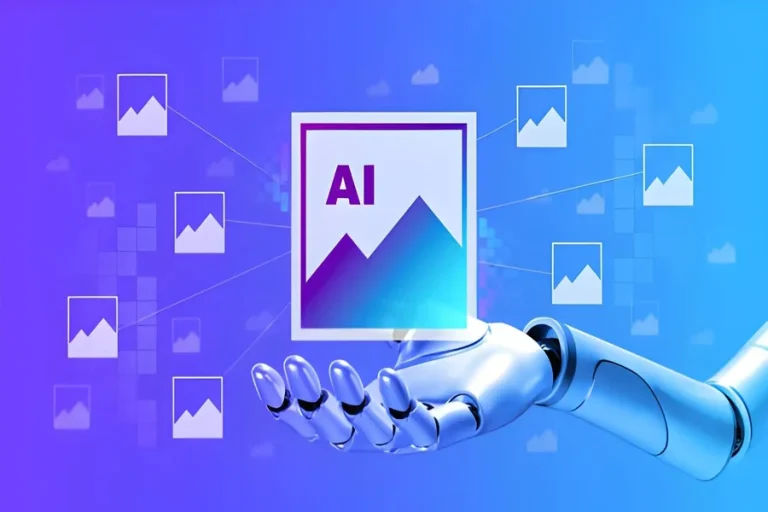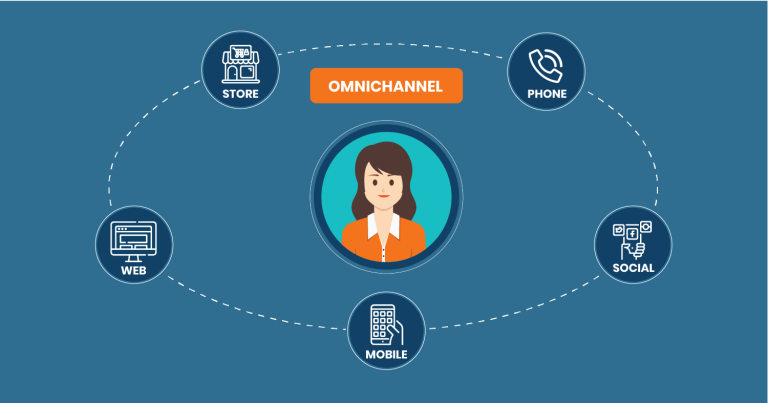
Customer expectations are continually evolving. People now demand faster, more personalized, and more efficient support than ever before. To keep pace, businesses must look ahead and embrace the next wave of service innovations. The landscape of customer interaction is shifting, driven by technological advancements and a deeper understanding of the customer journey.
Staying informed about these changes is essential for any organization that wants to build lasting customer loyalty. This article explores the key trends and solutions that are shaping the future of customer service, offering a roadmap for businesses ready to adapt and excel.
Hyper-Personalization at Scale
Generic, one-size-fits-all service is becoming a thing of the past. Customers expect companies to know who they are, understand their history, and anticipate their needs. The future lies in hyper-personalization, which uses data and technology to deliver uniquely tailored experiences to every individual.
Leveraging Customer Data
Businesses are collecting vast amounts of data from every interaction point, from purchase history to website browsing behavior. The next step is to use this information effectively. By analyzing this data, companies can gain deep insights into customer preferences and pain points. This allows support agents to provide context-aware solutions without asking the customer to repeat information. The result is a smoother, more empathetic interaction that makes the customer feel valued and understood.
Proactive Engagement
Instead of waiting for customers to report a problem, forward-thinking companies are moving toward proactive support. This involves identifying and addressing potential issues before they affect the customer. For example, a company might detect that a customer is struggling on a checkout page and offer help through a chatbot. This approach not only prevents frustration but also demonstrates a company’s commitment to a seamless customer experience.
The Rise of Omnichannel Support
Customers want to connect with businesses on their own terms, using the channels they prefer. An omnichannel strategy unifies communication channels like email, live chat, social media, and phone calls into a single, cohesive experience. This ensures a consistent journey, regardless of how or where the customer chooses to engage.
Seamless Channel Transitions
A true omnichannel solution allows customers to switch between channels without losing context. For instance, a customer might start a conversation with a chatbot, transition to a live agent on a messaging app, and then conclude with a follow-up email. Throughout this process, the conversation history and customer data should be instantly accessible to every agent and system involved. This eliminates the need for customers to repeat themselves and creates a frictionless support journey.
Integrating Self-Service Options
Modern customers are resourceful and often prefer to find answers on their own. Robust self-service options, such as comprehensive knowledge bases, detailed FAQ pages, and community forums, are becoming crucial. These resources empower customers to resolve simple issues independently, freeing up human agents to focus on more complex or sensitive problems.
Intelligent Automation and AI
Artificial intelligence is one of the most transformative forces in customer service. It enables businesses to automate repetitive tasks, provide 24/7 support, and generate powerful insights from customer interactions.
AI-Powered Assistance
AI is being used to enhance the capabilities of human agents. For example, AI tools can analyze a customer’s query in real-time and suggest relevant answers or next steps to the support agent. This “agent assist” technology helps reduce response times and improve the accuracy of information. It also streamlines training for new agents. As technology improves, the capabilities of an AI call center to handle complex queries without human intervention will continue to grow, reshaping the support landscape.
Predictive Analytics
Beyond resolving current issues, AI can help predict future customer behavior. By analyzing patterns in support tickets and customer feedback, predictive analytics can identify emerging trends or widespread problems. This allows businesses to address root causes, improve products or services, and ultimately reduce the volume of incoming support requests.
The future of customer service is intelligent, personalized, and seamlessly integrated across all channels. By embracing these trends, businesses can move beyond simply solving problems and start creating truly exceptional experiences that foster loyalty and drive growth. Begin evaluating your current support strategy today to identify opportunities for innovation.






